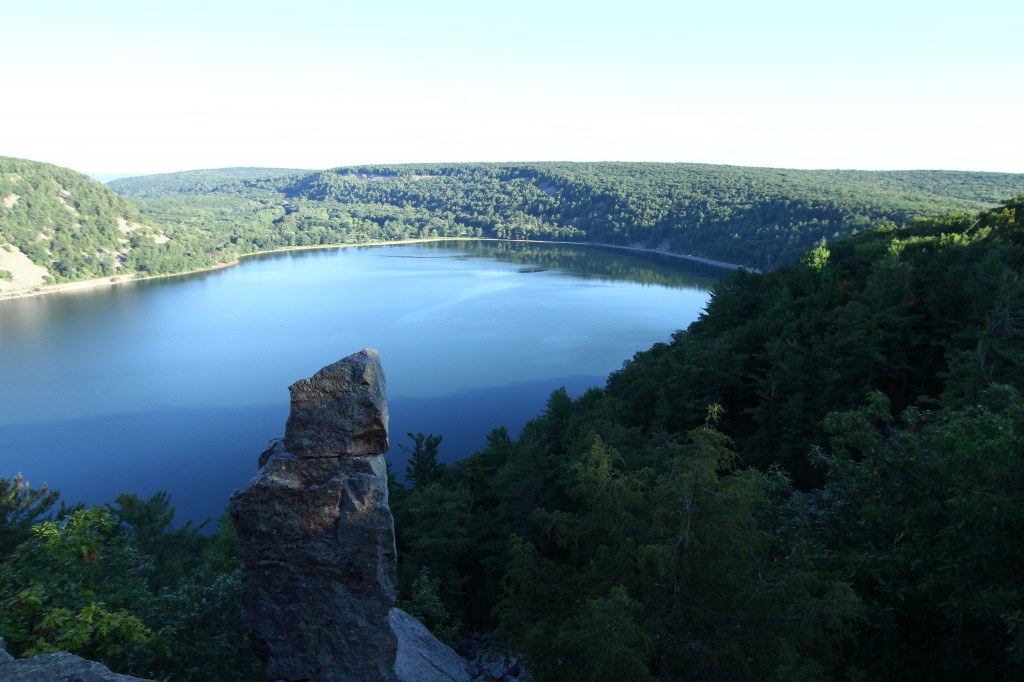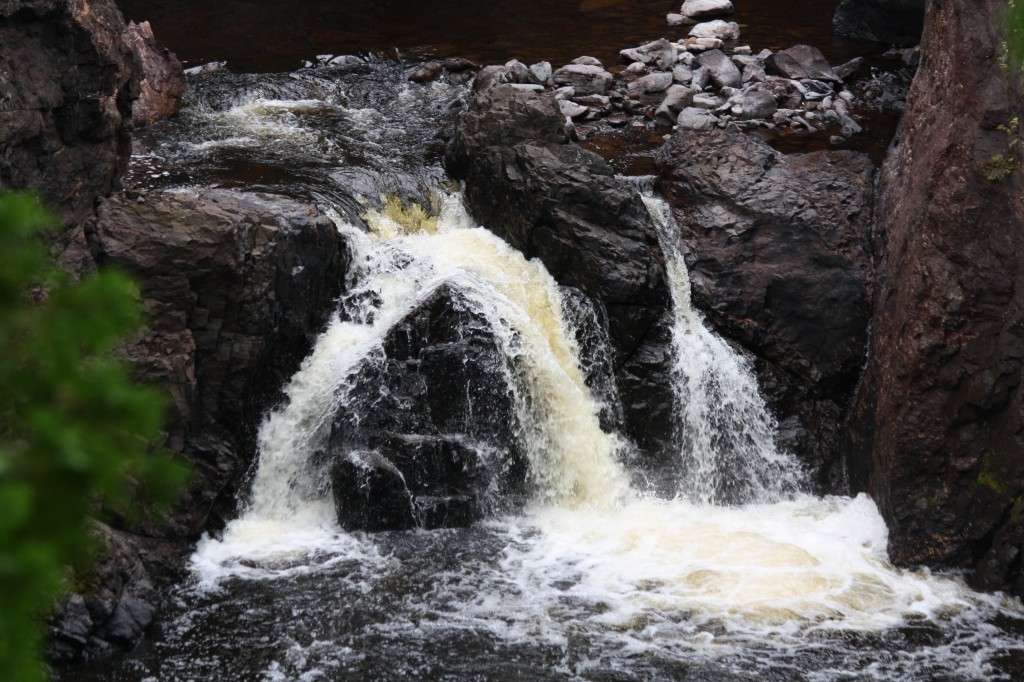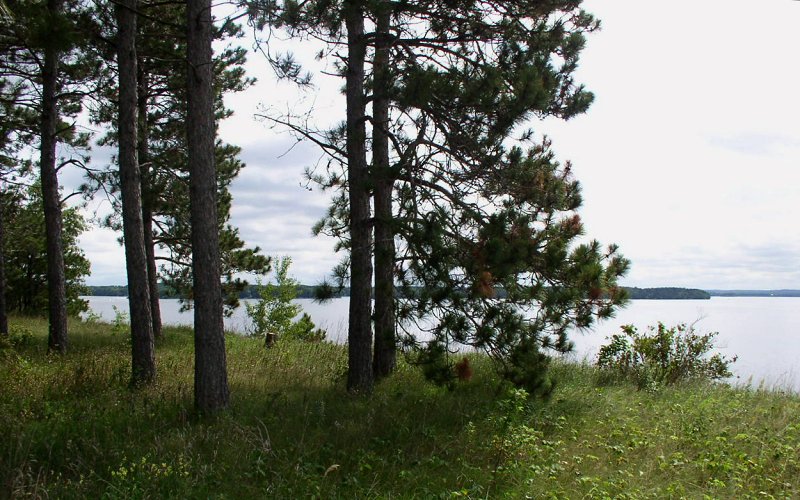Wisconsin’s natural beauty is a key part of the state’s history and identity. Take it all in by exploring one of these five hiking destinations.
Wisconsin’s woods, rivers, wetlands, glacial lakes, meadows and bogs are an integral part of the state’s history, tourism and identity. A visit to or exploration of Wisconsin is incomplete without a trip off the beaten path: here are five of Wisconsin’s most stunning hiking trails.
Chequamegon-Nicolet National Forest

Grey Satterfield IV
Located in northern Wisconsin, the Chequamegon-Nicolet covers 1.5 million acres of colorful forests, rivers, streams and meadows. It’s the perfect place for a range of recreational activities, including hiking, camping, fishing, snowmobiling and cross-country skiing. While on the trails, check out the native tree species like sugar maples, red maples and river birch, and keep an eye out for white-tailed deer, black bears, foxes, beavers, otters and elk.
Devil’s Lake State Park

Grey Satterfield IV
All 9,217 acres of Devil’s Lake in Baraboo were carved by a glacier during the last ice age. Devil’s Lake is famous for its towering quartzite bluffs, which stretch 500 feet over the Baraboo Hills and offer a panoramic view of miles of scenery. It is the perfect destination for hikers from all walks of life—families gather on the beach while adventurers take to the cliffs for rock climbing or the trails for mountain biking.
Apostle Islands National Lakeshore
Located on the shore of Lake Superior, the Apostle Islands National Lakeshore is the northern tip of Wisconsin. It consists of 21 islands that encompass 69,372 acres and is home to beaches, cliffs and crystal-clear water. The lakeshore is famous for its beautiful and eclectic scenery, including sandstone sea caves and forests. Visitors can also take in historic lighthouses; the Apostles are home to the largest collection of lighthouses in the country.
Copper Falls State Park
Copper Falls packs an incredible amount of beauty into 3,068 acres. Its name comes from copper mining in the area, first by local Native American tribes and later by European settlers. The sound of rushing water can be heard throughout the park as the Bad River flows and tumbles down over several waterfalls. Hikers can unearth ancient lava flows while exploring the trails or relax in the park’s log cabins dating back to the 1930s.
Lake Wissota State Park
Located on the northeast shore of Lake Wissota in Chippewa Falls, Lake Wissota State Park is a historic spot that rests on a bedrock of 2-billion-year-old granite. The park is in between a prairie and a temperate forest, and therefore is home to a variety of trees and plants ranging from sugar maples to white pines. In the past, the park was home to one-sixth of the country’s white pines; logging for timber and farming has now cleared the park of many of the original trees. Now fully restored, this beauty can be explored by hiking, camping, boating and fishing across the park’s 1,062 acres.




